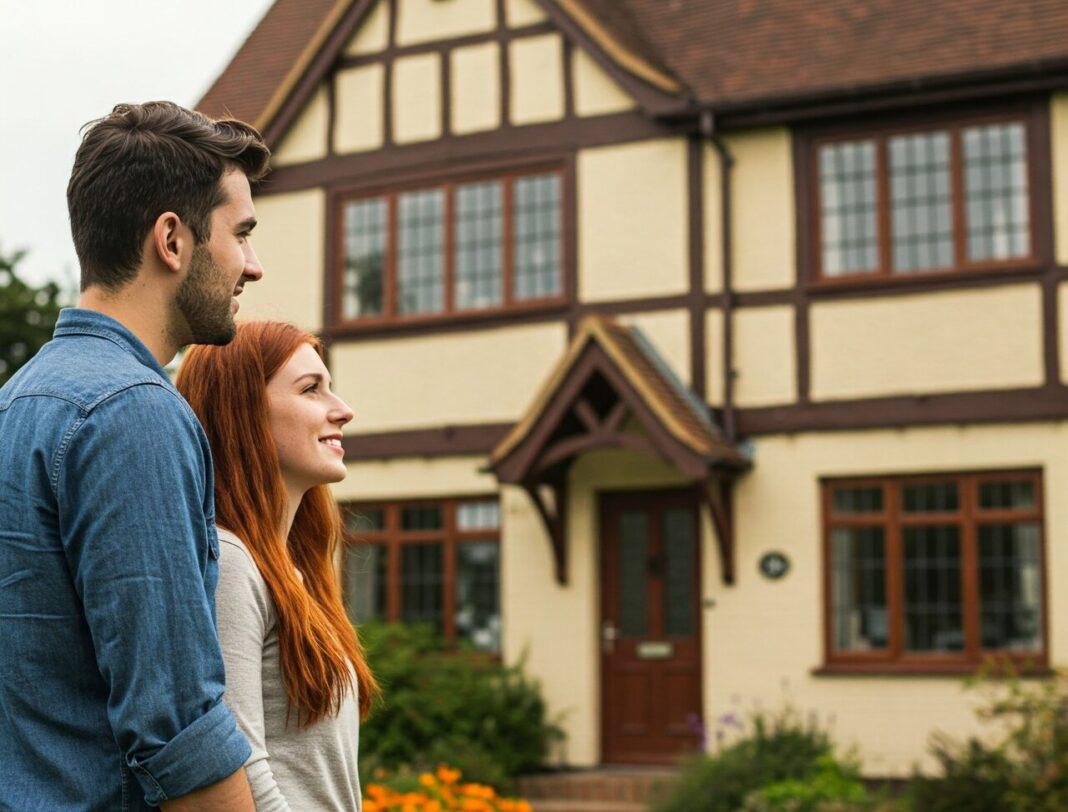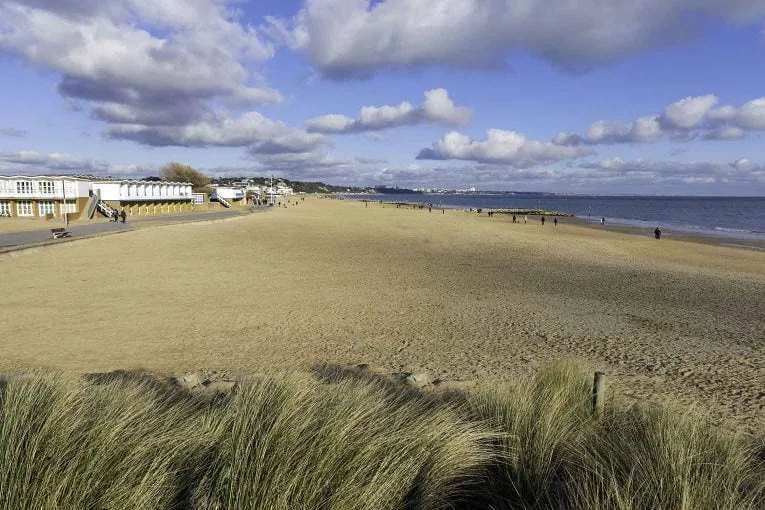New analysis from Nationwide Building Society shows that house prices in predominantly rural areas have grown significantly faster than those in urban locations over the past five years – a shift in housing demand that began during the pandemic.
Between December 2019 and December 2024, average house prices in predominantly rural local authorities rose by 23%, compared with 18% growth in urban areas.
Areas classified as “urban with significant rural” saw a near-identical increase of 22%, reflecting a broader move away from densely populated centres.
The classification, based on ONS definitions, distinguishes rural areas as those where more than half the population live in villages or market towns. Examples include Cotswold, Rutland, and Shropshire. Urban areas such as Norwich, Derby and Exeter were those where more than 75% of residents live in towns or cities.
RACE FOR SPACE
Although the heightened “race for space” seen during the pandemic has largely subsided, preferences for larger homes and more outdoor space have continued to support stronger price growth in rural areas.
Detached and semi-detached homes remain in high demand, but it is rural terraced houses that have posted the strongest gains over the period, with average prices up 25%.
Rural semi-detached properties also rose by 25%, compared with 24% for urban semis and 21% for rural detached homes. Urban flats saw the weakest growth at just 6%.
Recent movers aged 55 and above were more likely to relocate to rural areas, while younger buyers tended to remain in cities. Around 9% of homeowners moved from urban to rural areas, compared with 7% moving in the opposite direction.
Despite stronger rural performance overall, only four of the top 20 local authorities for annual price growth in 2024 were rural.
Tewkesbury led the rural category with an 11% increase in average prices, while Blackburn with Darwen posted the strongest urban gain at 13%.
Of the 349 local authorities in Great Britain, 61% are classed as predominantly urban, with the South West region home to the highest proportion of rural councils.
PANDEMIC IMPACT

Andrew Harvey, Nationwide’s Senior Economist, says: “Average house price growth in predominantly rural local authorities has continued to outpace that in predominantly urban areas.
“Between December 2019 and December 2024, house prices in predominantly rural areas increased by 23%, compared with 18% in predominantly urban areas. Local authorities classified as ‘urban with significant rural’ saw price growth of 22% over the same period.
“The pandemic had a significant impact on housing demand during 2021 and 2022, with our research at the time pointing to a shift in preferences towards more rural areas, particularly amongst older age groups. Whilst these effects have now faded, less urban areas have continued to hold the edge in terms of house price growth.”
POPULAR CHOICE

Toby Leek, NAEA Propertymark President, adds: “Rural houses continue to show as a popular choice amongst home movers even after the spike seen on the back of the COVID pandemic.
“A shift in trends, such as remote working, a desire for more outdoor space and changes to many people’s general cost of living budgets have pushed some to move to more rural locations.
“Generally, these types of homes can offer some additional perks such as additional space both inside and out, privacy and a different pace of life.”










